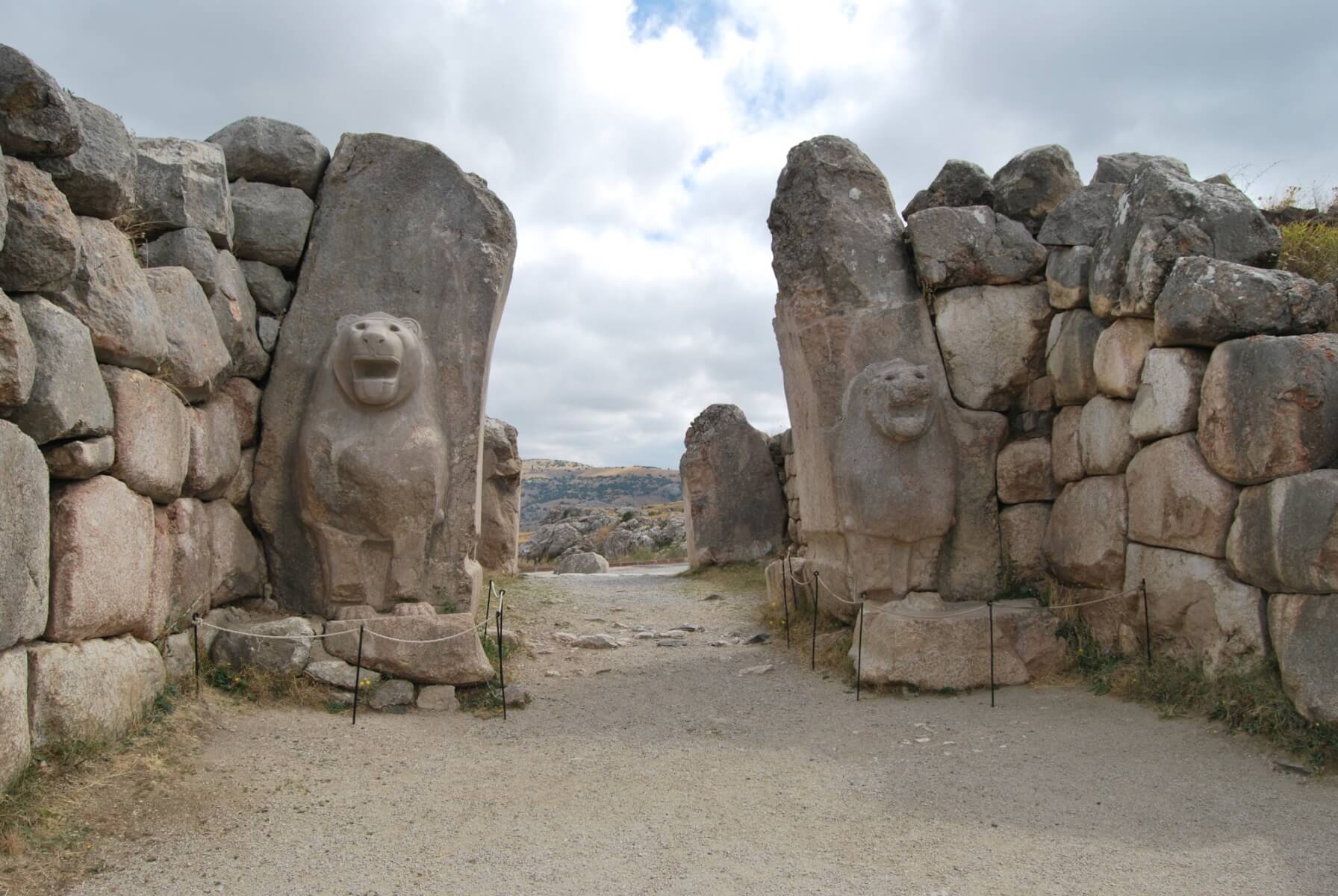Will Anatolia ever be fully explored and explained? The region, rich in the cultural artefacts of multiple civilizations, has now given us another puzzle. If you love historical mysteries, this one is a treat.
Sifting through tens of thousands of ancient clay tablets, dating back to the time of the Hittite Empire, more than 3,000 years ago, archaeologists in Türkiye have stumbled upon a truly special one.
This one tablet features a mysterious cuneiform script and appears to be written in a previously unknown language, which raises some exciting questions.
Andreas Schachner, the head of the Hattusa Ruins Archaeological Excavations, said he knew the tablet was special the first time he held it, as it looked much better preserved.
Once he gave it to his team of epigraphists, he was in for a surprise.
“I was a little surprised when they said ‘we read it, but we cannot understand it’,” he said.
The tablet contains a text in the Hittite language at the top and continues in a mysterious language. The item could function as proof that Anatolia was a multilingual society where other religions were not just tolerated, but incorporated, similar to how the Roman Empire approached differences.
The hidden inscriptions were found intricately woven into a cultic ritual text written in Hittite, the oldest known Indo-European language. The deciphered introduction cryptically instructs, “From now on, read in the language of the country of Kalašma,” referring to an organized society from the Bronze Age situated on the northwest fringe of the expansive Hittite Empire.
In the announcement, Schachner gave a bit more context:
“This is an interesting situation for us and one that sheds light on the Hittites. The Hittites introduced themselves as the ‘Religion with a Thousand Gods’. The Hittites did not destroy the gods of the region they conquered, on the contrary, they would take them to their capital, put them in temples and serve them. We see the same here, too.
They stipulate that the religious ritual of Kalash be performed in their own language. Why are they doing this? Are the Hittites very tolerant? In my opinion, it is a mechanism of using power rather than tolerance. In other words, they could bind the people of that region to themselves by placing the gods of others in their own temples. They created the opportunity for those people to join their own land. Thus, they gained strength. This can also be called respect. With this method, the Hittites included other communities living in Anatolia into their own society by respecting them and showing them a place within their own system. They earned respect by showing respect.”
The newfound language, believed to be associated with the society of Kalašma, holds promises of unraveling more mysteries about the Hittite Empire’s cultural assimilation and expansion strategies. As experts diligently work on translating the enigmatic text, we eagerly anticipate the revelations it holds. Could AI also be used for this task, as it was used in the case of the scrolls charred by the Vesuvius erruption?
Only time will tell. In the meantime, this article in Science Alert is a fascinating overview of how the Hittites approached religion.
*Illustration from Hattusa, depicting the Lion Gate, part of 14th century BCE fortifications, via Turkish Archaeological News
Also read: When did TVs come out? A Quick History of This World Changing Invention
Follow TechTheLead on Google News to get the news first.

















